By Jon Diamond
Many handgun enthusiasts’ blog entries recount how they stumbled onto a local gun show table only to find a dull-finished revolver that clearly bore the impression “Colt Commando .38 Special” on the left side of the barrel. The Colt Commando revolver’s inclusion in the realm of World War II handgun ordnance remains an ongoing curiosity almost 75 years after the firearm’s introduction.
Choosing the M1911: The Military Service Replacement for the Revolver
Although Samuel Colt did not invent the revolver, his designs played a major role in the popularization of it with the ensuing shift away from earlier single-shot pistols. Colt received a British patent on his improved revolver design in 1835 along with two American patents the following year. For a variety of reasons, Colt’s early production companies from 1837-1842 ended in failure. In 1846, during the Mexican-American War, Colt designed a new revolver prototype that was further revised by Captain Samuel Hamilton Walker.
This larger caliber Colt Walker was manufactured at the armory in Connecticut. The Colt Walker was initially ordered and used by a group of mounted law enforcers in Texas that later spawned the famous Texas Rangers. With the success of the Colt Walker, Samuel Colt started yet another of his own business ventures in 1848, which seven years later became the Hartford, Connecticut-based Colt’s Patent Firearms Manufacturing Company, now shortened to Colt’s Manufacturing Company (CMC).
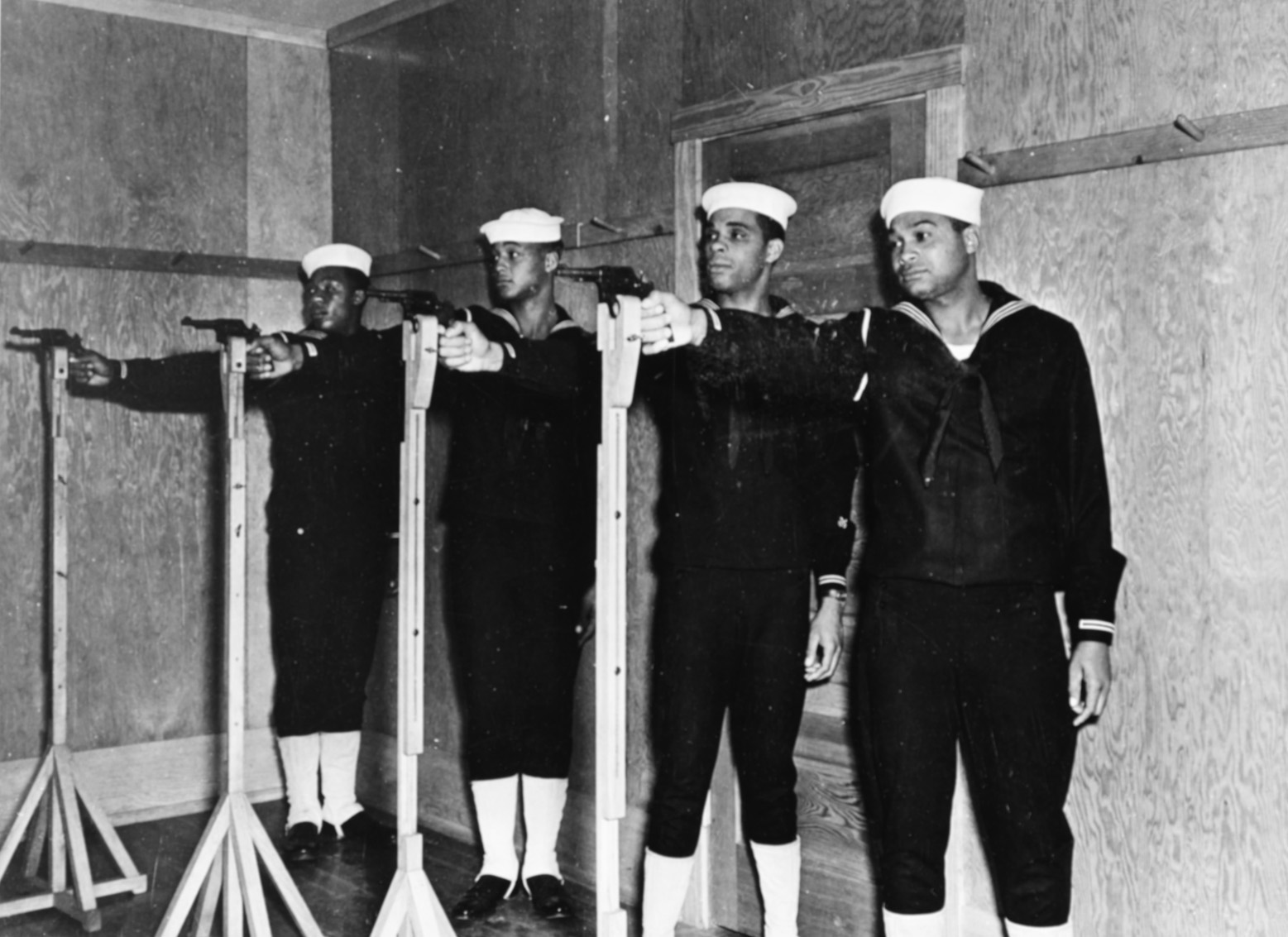
In the late 19th and early 20th centuries, Colt worked closely with and profited from his relationship with the famous gun designer John Moses Browning, producing his many models of machine guns, the Browning Automatic Rifle (BAR), the Model 1903 and Model 1908 .45-caliber semiautomatic pistols and, the most famous .45-caliber Model 1911. Because of its incredible stopping power, the M1911 became the standard sidearm for the U.S. Army in World War I and as the M1911A1 in World War II. By 1918, CMC had produced and sold 425,000 of the famous Browning-designed M1911. During both world wars, CMC delivered approximately 2.5 million M1911 and M1911A1 semiautomatic pistols to the U.S. government alone.
Prior to U.S. entry into World War I, orders for the M1911 pistol from both the United Kingdom and Canada had become backlogged up to three years. Since the CMC could not furnish enough semiautomatic pistols to keep up with the demand, during World War I the U.S. Army decided to accept the Colt New Service revolvers chambered for the .45 ACP round. Thus, out of necessity, the M1917 revolver was developed as a substitute weapon. This revolver manufacturing pattern would repeat itself 25 years later, pertinent to the evolution of the Colt Commando, as World War II unfolded.
The Colt Army Special .38: A Popular Police Pistol
From the 1870s until the middle of the 20th century, the terms “Colt” and “revolver” were synonymous in the police world. With the U.S. Army’s adoption of the M1911 semiautomatic pistol, military sales of Colt revolvers were waning. The Colt Army Special 38, produced from 1908-1927, was somewhat of a misnomer since it was utilized mainly by police forces and not the U.S. Army. Part of the Colt Army Special 38 appeal to police departments was that the revolver allowed for the use of more powerful ammunition like the .38 Special round. The term “.38 Colt Special” is nothing more than the .38 Smith & Wesson (S&W) Special cartridge, which was produced in 1899 and was a more powerful shell than the .38 Long Colt, with a different headstamp. In 1927, since the Army had never bought the Army Special 38 but many police departments had, the CMC made some minor alterations to this revolver, changed the name to the Official Police revolver, and continued making it until 1969.
Colt revolvers were the most popular law enforcement handgun in the world with the Official Police revolver being emblematic in that role among municipal and state police forces, becoming a huge commercial success for the CMC. Before U.S. entry into World War II, the Official Police model was bought by the U.S. Army to issue to military police. Other armed federal agency workers in the Federal Bureau of Investigation (FBI), the Treasury Department, Coast Guard, and Postal Inspection Service also adopted the Colt Official Police revolver as their standard service weapon. This handgun utilized a six-round cylinder as its feed system. The double-action revolver was chambered for a variety of cartridges including the .22 Long Rifle (LR), .32-20, .38 Special, .38/200, and .41 Long Colt. The Official Police revolver was manufactured with four-, five-, and six-inch barrel lengths.
In 1927, the modifications made on the 1908 Colt Army Special 38 for the Official Police revolver included a rounded, checkered cylinder latch; wider rear sight groove; matted topstrap; checkered trigger; and a better quality, highly polished blued finish. Also standard was the
Colt Positive Lock, which prevented accidental firing, unlike the S&W .38 revolvers. This was achieved by interposing a steel bar between the hammer and frame that stopped the firing pin from reaching a primer unless the trigger was pulled through a complete stroke.
A Handgun For Guards and Aircrew
The production of the Official Police revolver would be interrupted with the advent of the Colt Commando at the outbreak of World War II. The necessity arose for the Colt Commando as the CMC was deluged with government orders for the M1911A1 pistol and other guns, and a desperate need developed to cut production time and costs in the manufacture line of the Official Police revolver. Little is known about the role of the Colt Commando during World War II as a variant of the Official Police revolver. According to gun historian Charles Pate, “Many more [Commandos] were used by the military than is commonly known.”
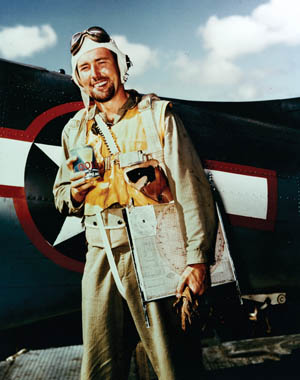
Due to appeasement and delayed rearmament, along with the debacles in northwestern Europe with staggering loss of personal sidearms during the Dunkirk evacuation and others, the British Purchasing Commission bought and had shipped to the British Isles almost 50,000 Official Police revolvers between May 1940 and June 1941. These weapons bore British markings, were chambered for the .38/200 cartridge, and typically had five-inch barrels as well as a military-style lanyard ring on the butt of the handgun.
When the U.S. became a belligerent in World War II, the Army recalled all of the modern weapons, such as the M1911A, from the National Guard and then later equipped the various state units with nonstandard guns such as older model revolvers and a series of 12-gauge pump-action shotguns. A large number of contracts for newer model .38 revolvers were awarded to gun manufacturing firms to arm the National Guard units as well as security personnel to protect vital armament plants, boat-building facilities, and federal buildings. The Defense Supplies Corporation (DSC) had the role of providing arms for these state military and nonmilitary personnel as the enormous war matériel-generating process after December 7, 1941, grew exponentially.
While the standard sidearm for three decades had been the M1911A1 .45 semiautomatic pistol, the War Department had a stock of old 1917-era S&W and Colt .45 ACP revolvers that took moon-clips. The growing war machine was still in need of a good .38-caliber revolver for prisoner of war camp guards, aircrew, criminal investigators, counterintelligence personnel, factory guards, and other personnel.
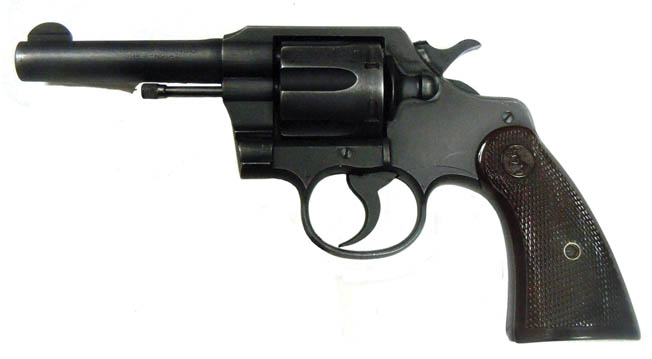
The Colt Commando Revolver and the $25 Deal with the War Department
The initial order for 2,500 Official Police .38 caliber revolvers with four-inch barrels was given by the DSC to the CMC just four days after the Pearl Harbor attack. An additional request for 2,500 Official Police revolvers was submitted to the CMC, but the delivery of the order was tardy, largely because priority had to be given to production of the M1911A1 .45-caliber semiautomatic pistol. In August 1942, the U.S. War Production Board issued an urgent request to the DSC for 20,000 Colt Official Police .38 Special revolvers with four-inch barrels. Some of the DSC orders were ultimately diverted to S&W, the major CMC competitor. About 70,000 S&W pistols were procured by the U.S. Navy during World War II. This revolver, the Victory Model, was a version of their Model 10 Military & Police (M&P) .38 Special handgun. These revolvers saw extensive action overseas in the hands of Navy pilots and became the standard issue for naval air crews and shore-based personnel alike.
The CMC responded to the War Department that it could commercially provide more four-inch barreled Official Police revolvers at $28 apiece. However, the government balked and wanted to pay about $25 per gun. The problem with the Colt Official Police revolver, although it was perfectly suited for its role as a service sidearm, was that it required extensive hand finishing, which necessitated a lot of skilled labor and time. This made the Colt Official Police Revolver rather expensive and slow to produce.
The Army Ordnance Department was concerned about this, and CMC decided to make changes to the Official Police model to save both money and time in its manufacture. Concurrent with revolver manufacturing, there was an overriding need for the M1911A1, and this, too, was occupying much of the CMC factory’s time. These production requisites hastened the development of the initial Commando prototype, which was shipped by CMC to the War Department on September 21, 1942, with an Official Police serial number 717520.
At the War Department, a Captain Baker approved of the Colt Commando prototype. Two other Colt Commando prototypes with Official Police serial numbers 724348 and 724347 were shipped to the Springfield Ordnance District (SOD) and to the Office of the Chief of Ordnance on October 27 and November 2, 1942, respectively. Then, the full-scale production of the Commando began in earnest in late November 1942. When Colt Commando serial numbers were utilized, the first revolver was 1747 and was shipped to the Office of the Chief of Ordnance on November 26, 1942. The initial batch of Colt Commandos, including two-inch barreled Junior Commandos, was shipped to the War Department on December 7, 1942, the first anniversary of the Pearl Harbor attack.
The CMC implemented several cost-cutting measures to meet the government’s price point as well as shorten the manufacturing time to meet the demand for revolver production. The Colt Commando was simply a cheaper version of the Official Police model made more quickly for wartime service. From a Commando manufacturing standpoint, CMC eliminated unnecessary exterior polishing, giving the revolvers a dull, parkerized finish instead of the usual high-polish bluing of the steel. The term “parkerizing” is synonymous with bonderizing, phosphating, or phosphatizing. It was a method developed by Richard M. Parker, Jr., as a means to protect steel surfaces from corrosion and increase the handgun’s resistance to wear through the application of a chemical phosphate conversion coating. Parkerizing is considered to be an improved zinc or manganese phosphating process.
In addition, the trigger, hammer, and cylinder latch of the Colt Commando revolver all lacked the usual metal checkering that was characteristic of the Official Police model. Checkered walnut grips with metal medallions were replaced with “Coltwood” on the Commando. These were essentially reddish-brown molded plastic grips, which early on were known for shrinking, leaving gaps in the fit to the handgun’s frame.
The cost of the Official Police model now fell from $28 to less than $25 per unit for a Colt Commando. This latter revolver would then be the handgun to arm military police and armament installation and security guards through the DSC and merchant ship crewmen via the U.S. Maritime Commission.
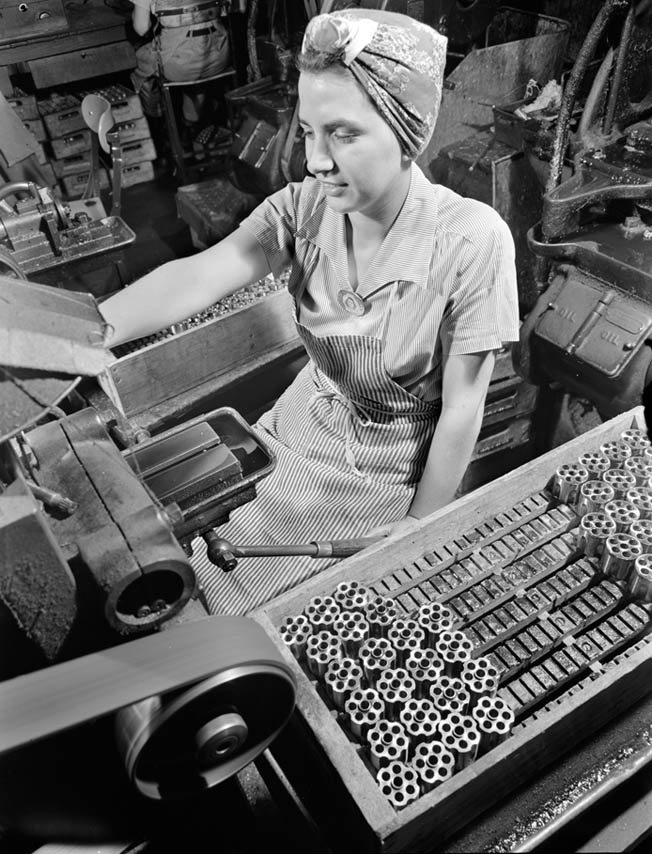
Weapon of Choice for the OSS
Approximately 49,000 Colt Commandos were purchased by the U.S. government during World War II. Based on factory results, the U.S. Army directly procured more than 16,000 Commandos, while only about 1,800 went to the U.S. Navy in the early war years. The remainder of the manufactured Commandos was purchased through Army Ordnance contracts. A total of 12,800 Commandos were issued to U.S. Military Intelligence, the Counterintelligence Corps, the newly formed Office of Strategic Services (OSS), and other intelligence organizations.
About 3,450, of the roughly 49,000 Commandos produced were in two-inch “snub” variants that were commonly termed Junior Commandos. These short-barreled revolvers would primarily serve overseas and behind enemy lines among the espionage agents and military intelligence liaisons of the OSS. Only a few shipments of two-inch revolvers were made for stateside civilian use, and these were produced late in the war. Regular production of the original two-inch barreled Junior Commandos began in March 1943. These revolvers had a round front site and bore the marking “CONN” abbreviated for Connecticut, since the handguns were manufactured in Hartford.
The American officers of the OSS Special Operations (SO) branch had the primary missions of gathering military intelligence, conducting sabotage, and training local resistance fighters, while avoiding direct contact with the enemy. These operatives often carried just a small pistol for self-defense. Since detection of these handguns was immediately incriminating, the stronger desire was for these agents to carry the shorter and more compact two-inch barrel Commando concealed in a pocket. In addition to the Colt Commando of both two- and four-inch barrel lengths, the Colt M1903 and the M1911A1 semiautomatic pistols were also employed by OSS personnel.
Using the two-inch barreled Junior Commando was not problematic for gunfire accuracy since British intelligence operatives of the Special Operations Executive (SOE) in 1940 began learning the Fairbairn-Sykes method of pistol shooting. William Fairbairn and Eric Sykes were both former pistol experts on the Shanghai Municipal Police Force. As described by military and espionage historian Terry Crowder, an intelligence operative would assume a forward-crouched stance with “one foot placed in front of the other as if running or stooping.” The handgun was to be fired from the “hip level with a crooked arm.” This method was contrary to the orthodox military-type target shooting style of holding the pistol’s rear sight at “eye level with the arm fully extended and then taking aim.”
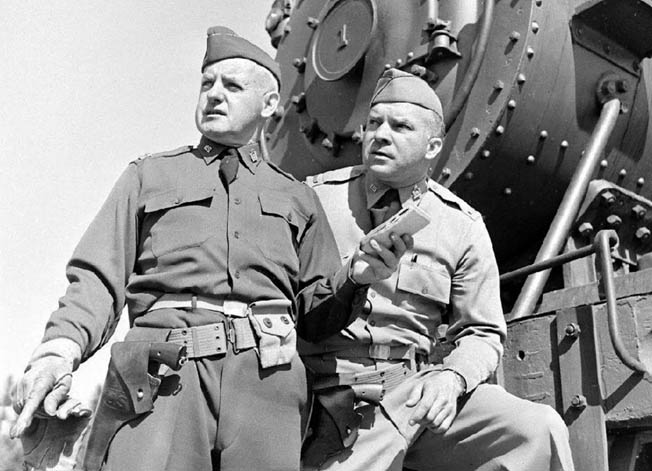
Both Fairbairn and Sykes trained future SOE agents to fire two shots quickly after drawing their hidden handgun on targets less than four yards away. OSS agents shortened many of the four-inch Commando barrels to two inches. Two shots fired in rapid succession without taking the time to re-aim the revolver enhanced the stopping power of the shorter barreled handgun and further disoriented the target at the reduced distance.
A variety of other markings also appeared on the Colt Commandos. Some had a small Ordnance Department “bomb” marking, which was similar in appearance to the number 8. Others were stamped with GHD, the Army inspector’s initials, Lieutenant Colonel Guy H. Drewry, on the left side of the frame. Later Commando revolvers sometimes had a “P” on the upper left frame that was associated with defense plant use.
The Colt Commando After the War
In 1945, the military realized that the end of the war was in sight, so the Commando revolver contract with CMC was ended with the factory still having about 1,500 guns undelivered. After the war, CMC resumed production of the Official Police revolver. The prewar highly polished blue finish reappeared, but the plastic “Coltwood” grips were maintained until as late as 1954, when the checkered wooden grips were reintroduced. Due to both competition and the costs of manufacturing, CMC ceased production of the Official Police model in 1969 with more than 400,000 of them having been made.
Many states that had received Commandos for their National Guard units passed them on to Civil Defense, prison staff, police, and military schools in the late 1940s-1950s. As an intriguing side note, early in World War II the U.S. Army withdrew the M1911A pistols from the Alabama National Guard to distribute them to regular U.S. Army soldiers. The Alabama National Guard immediately placed an order for Colt Commandos to replace the M1911A pistols, perhaps 200 in all. Before the Commandos were delivered, Army Ordnance reissued .45 semiautomatics to the state National Guard.
When the Colt Commandos arrived, they were placed in storage and never issued. They remained in storage for 68 years, from 1943 to March 2011. This batch of new Colt Commandos, still boxed in Cosmoline, was placed on sale as surplus by the Alabama National Guard.
The Colt Commando was produced during wartime for the sake of both manufacturing expediency and cost reduction in a booming rearmament economy. The revolver fulfilled its role in arming a broad swath of military and nonmilitary personnel. Today, the appearance of a Colt Commando generates curiosity among those interested in both the lesser known weapons of World War II and the nuanced history of revolver firearms production.
Jon Diamond practices medicine in Harrisburg, Pennsylvania, and is a frequent contributor to World War II History.
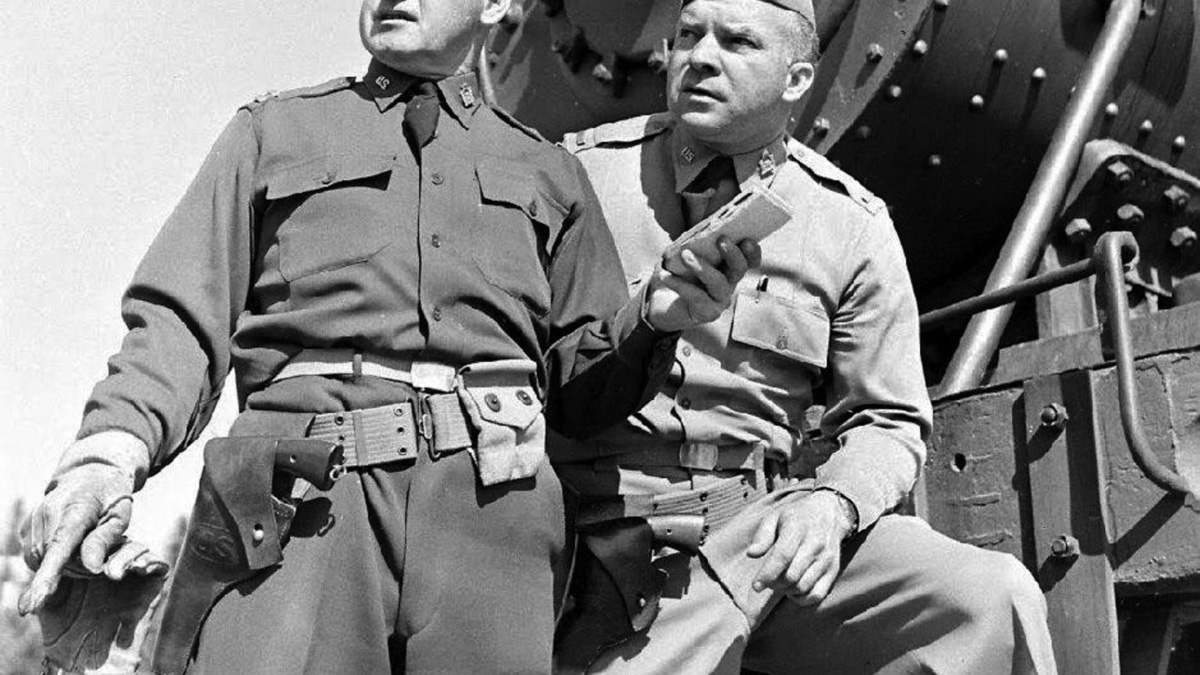

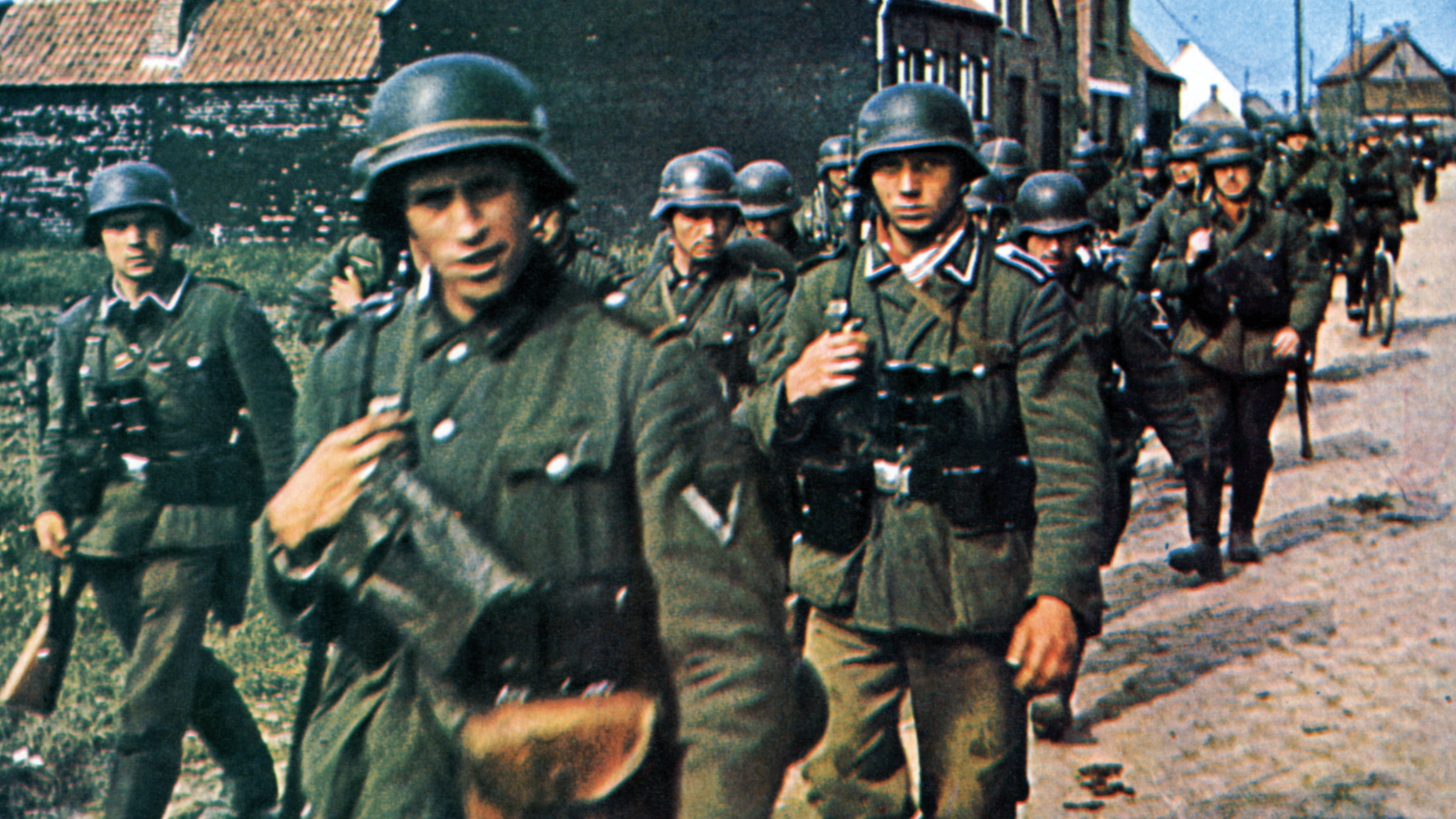
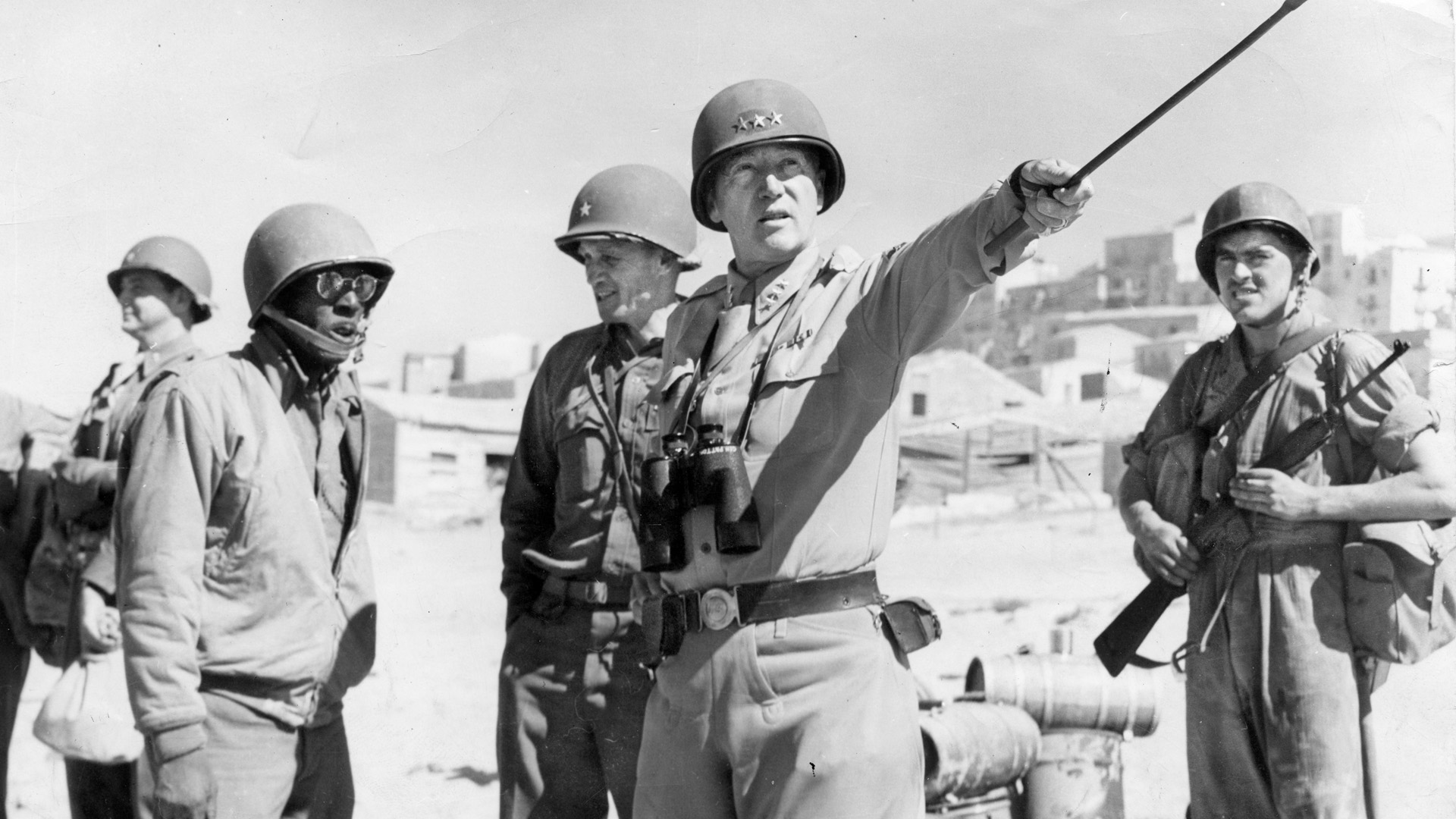
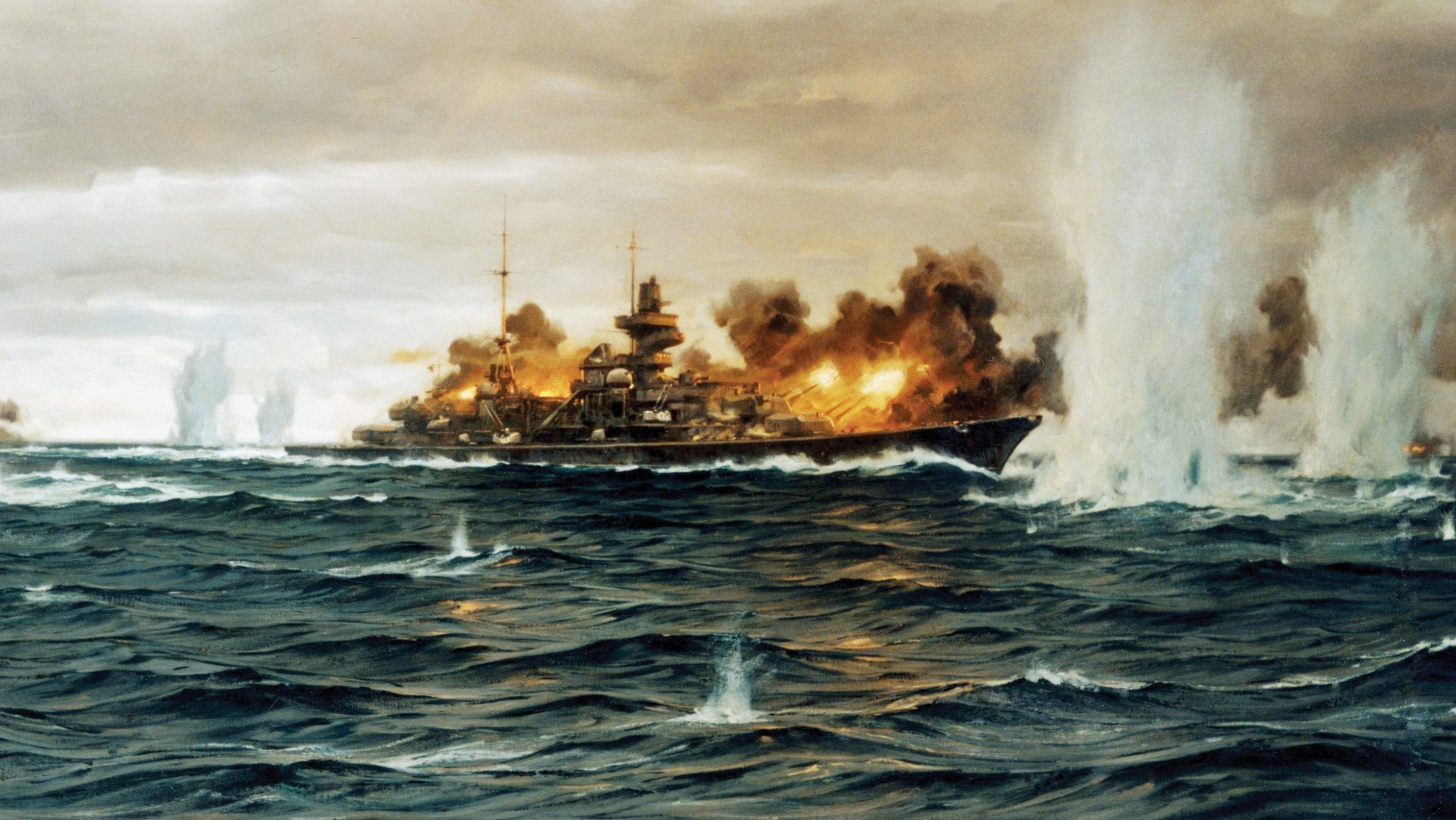
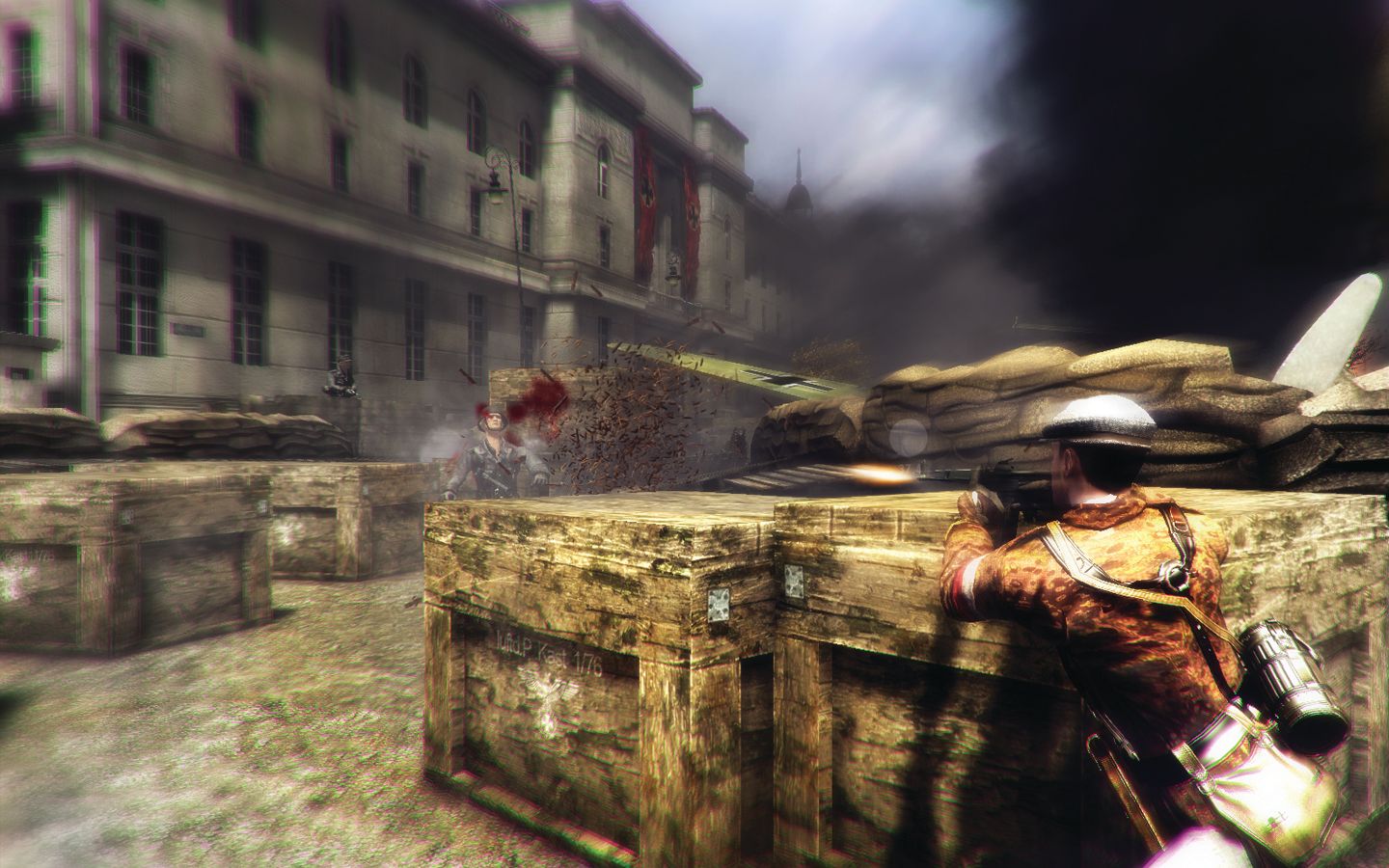
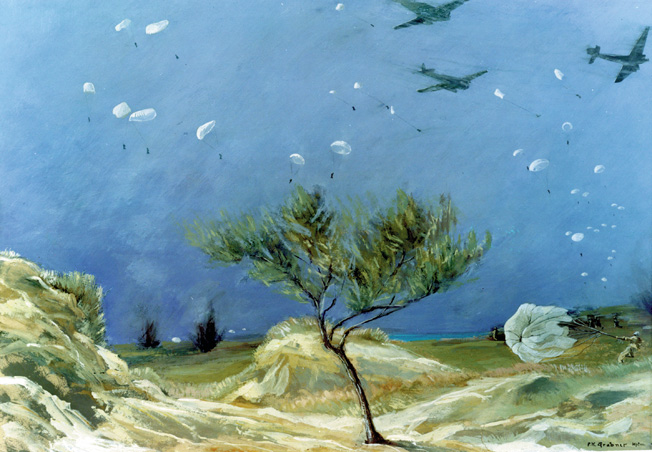
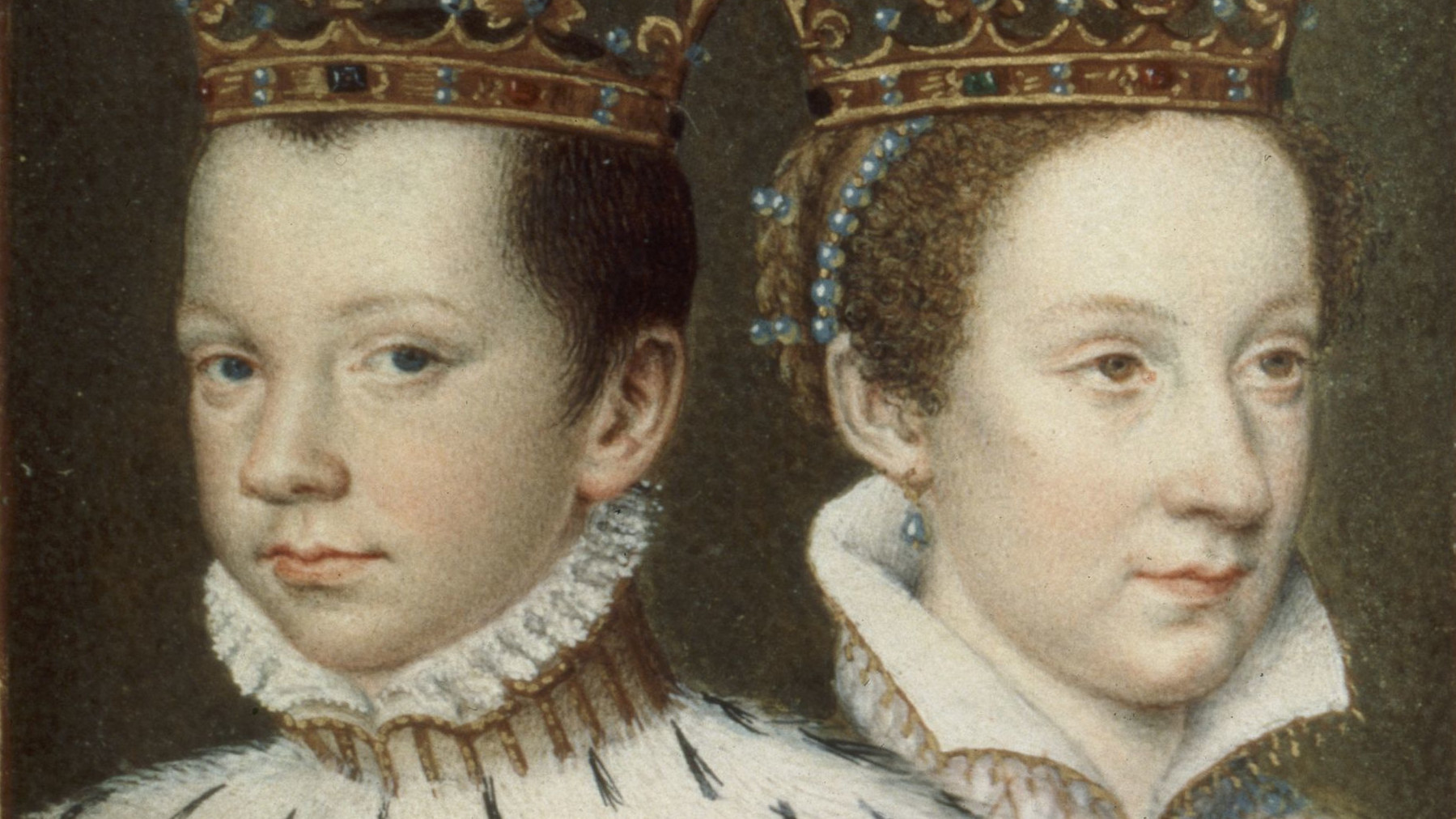
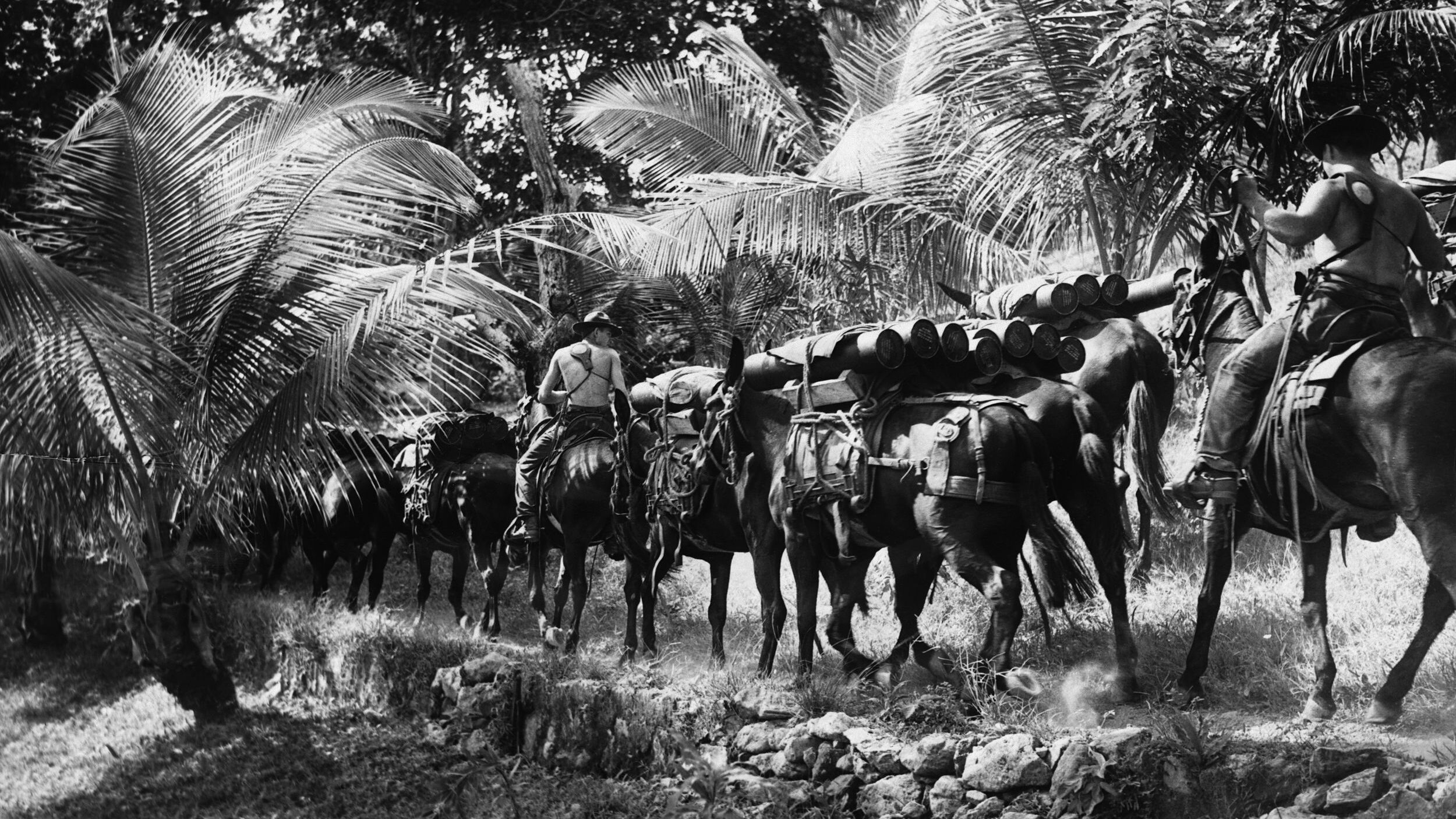
I have a Stainless or Nickel Plated (no sure) Colt Commando 38 Special with Pearl Stear grips that was passed down to me from my grandfather. I believe he received the revolver from a military official during the 50’s as a gift for the PreFab buildings that he designed during WWII. I am trying to discover the heritage of this revolver and it’s market value. I can send a picture of the revolver, but I don’t know how to attach to this reply. Please send me any comments you may have about this revolver.
Thanks for your article. It was vary interesting.
Richard Pettigrew
I have a Colt Commando .38 special. It is marked US property on hand grip spine and grips are plastic I think. Barrel (2”) engraved
Colt’s PT PA MFG CO
Hartford Conn USA
I am interested in the history of this weapon and it’s value. SN in the 25000’s with M. L marking. Overall finish is matte black.
Funny, I also have a 4” nickel plated with the coltwood grips. They were not stainless, they are a high carbon metal which needs to be coated to avoid corrosion. They parkerized these for the military, however I am not sure if the nickel plating was done by Colt or by an individual after they took ownership. This was gifted to me from my Grandfather as well. I know that he owned this revolver for quite a long time, however, I am not sure about its providence.
Great write-up.
The .45 M1911 semi automatic pistol is more famous as a WW-2 sidearm. And its knock down power made it an ultimate fight stopper. Also the reduced recoil of the M1911, with the semi automatic pistol’s slide taming much of the pistol’s “kick,” helped increase the accuracy of multiple shots. But since the single action M1911 could be prone to jamming, when you absolutely needed have your gun go “bang” when you pulled the trigger, you could’t beat the revolver!
Contrary to the captions above, neither of the two photos of WW2 servicemen (the Naval aviator and the Army officers in front of the locomotive) illustrate the Colt Commando. The aviator is carrying a S&W Victory Model, as revealed by the lanyard ring on the butt which the Commando did not feature. The guys working on the railroad are carrying S&W Model 1917 .45 revolvers, as demonstrated by the wooden stocks and the lanyard rings. The revolvers are carried in Model of 1909 holsters intended for the larger frame S&W and Colt M1917 revolvers, not the medium frame Commando.